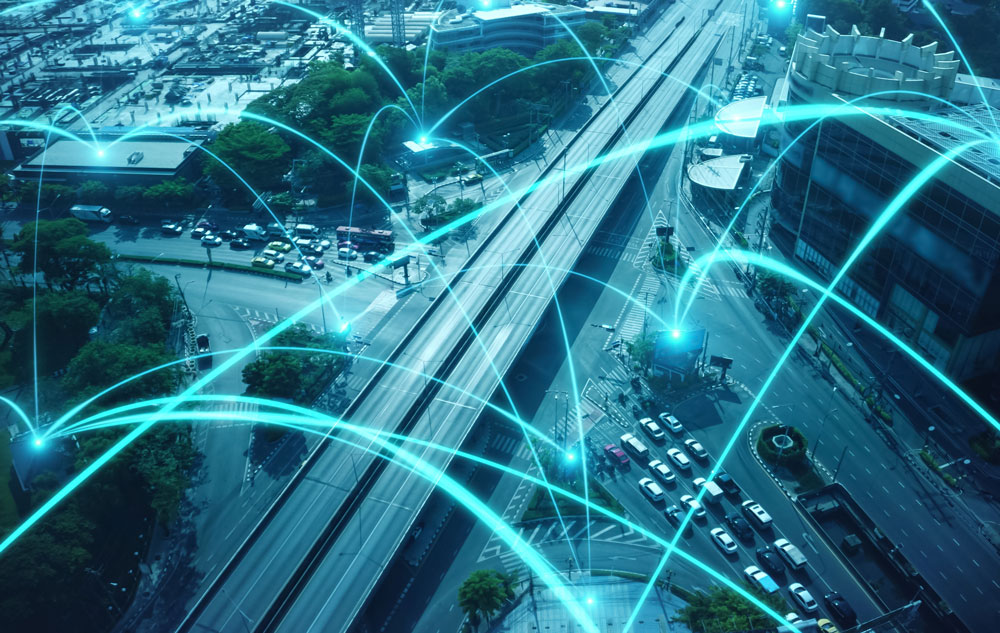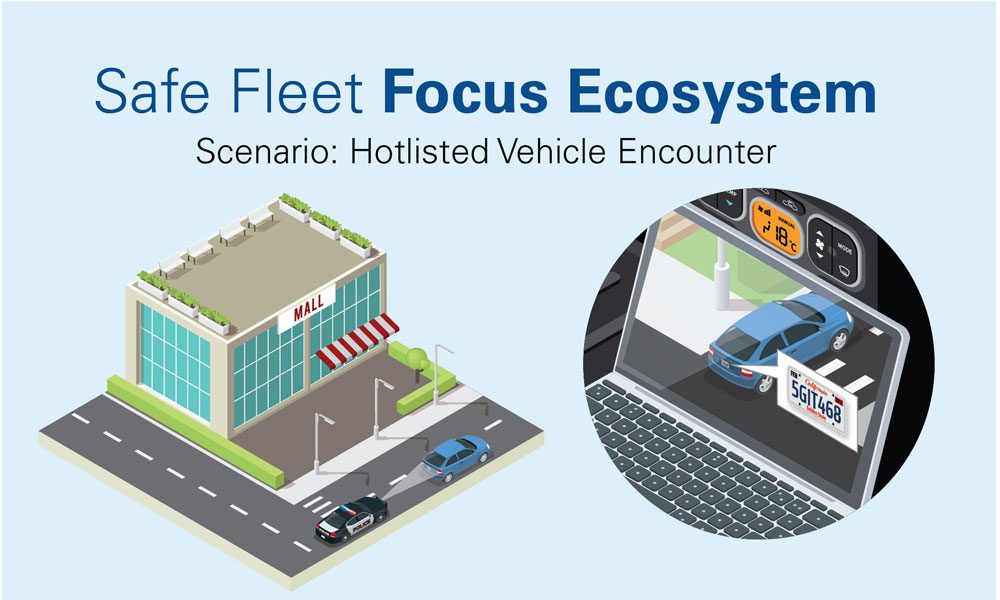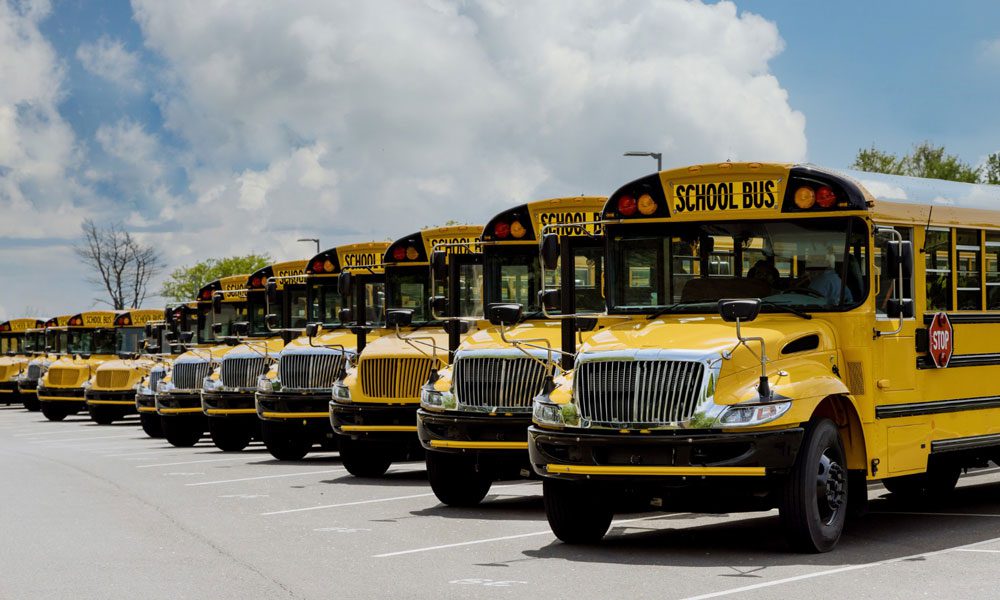Get Increased Ridership and Faster Rides with AI
What if your agency could automatically issue violation notices to vehicle owners who block dedicated bus lanes? Violators would think twice before blocking a lane, making bus routes more effective and getting commuters to their destinations quicker!
Living with Traffic Congestion
Cities in the US are experiencing a traffic congestion problem. Migration into urban areas, more affordable personal vehicles, and overpopulation are some of the reasons that make commuters lose up to 100 hours a year in traffic [1]. That is around 2.5 work weeks!
And traffic congestion not only means personal hours lost. It also impacts how passengers and goods flow, the competitiveness of a region, pollution, and overall quality of life.
Dedicated bus lanes are designed to reduce city congestion and ride time for people living near high-traffic areas. In theory, this means a bus lane will only be used by buses for maximum ride-time performance/optimization. Unfortunately, that is not always the case.
Some large-city transit authorities experience over 1000 bus-lane blockages over a period of two weeks!
Blockages by delivery vehicles, taxis, and personal transportation make routes sluggish. Cities like New York and Washington already report transit speeds of less than 10 miles per hour on average––even 5 miles per hour during rush hour!
Slow bus routes may push riders to use other means of transportation like car-share services or even their own personal vehicles, which worsens the traffic congestion problem even further.
Faster Commutes = More Ridership
Removing bus-lane obstructions makes bus routes effective, transit schedules reliable, and rides faster. When passengers benefit from a decrease in commute time, fewer wait times, and less vehicle crowding, their experience improves and they are more likely to choose public transit over an alternative.
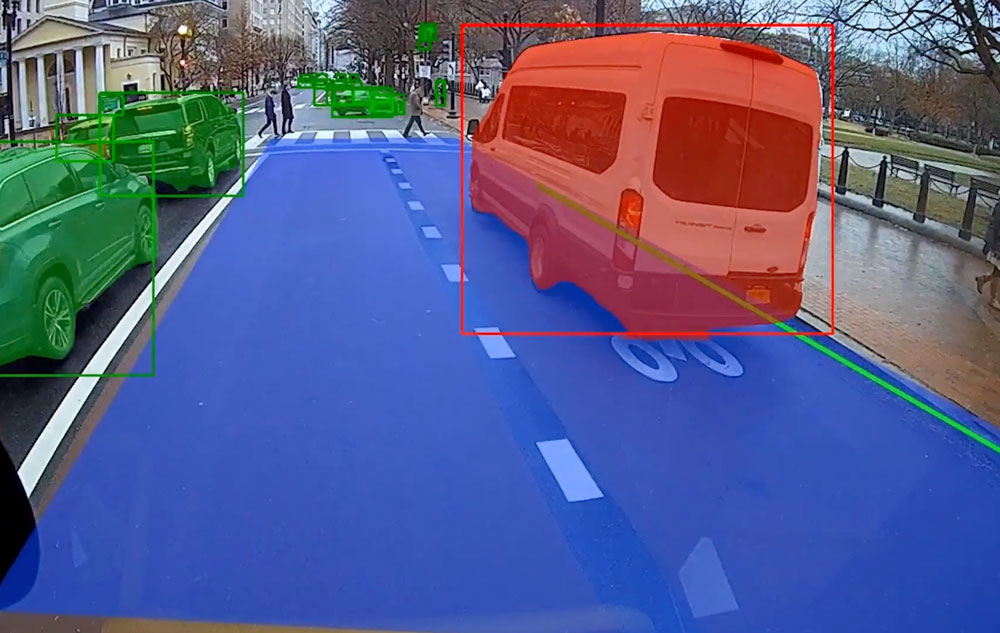
Safe Fleet ClearLane™
Safe Fleet ClearLane is an automated bus lane enforcement system that automatically detects lane obstructions and issues violation notices to help improve the commuting experience.
How does it work?
The Safe Fleet ClearLane system monitors bus lanes, automatically capturing evidence of infractions, and analyzing them against the city’s laws to confirm a violation. The system uses two types of bus-mounted cameras (context and ALPR), a computer with inertial sensors, a GPS receiver, and a cellular router.
In simplistic terms, ClearLane works like this:
- The ALPR camera scans and reads the license plates of vehicles in violation.
- The context camera captures the event, recording video of the entire scene and identifying the vehicle in question.
- Advanced A.I. algorithms analyze these recordings and using a GPS receiver, compare them against the laws and regulations of the region.
- The mobile computer creates an evidence package.
- The evidence package is sent to the appropriate authorities via the cellular router.
This automated system does the heavy work for you.
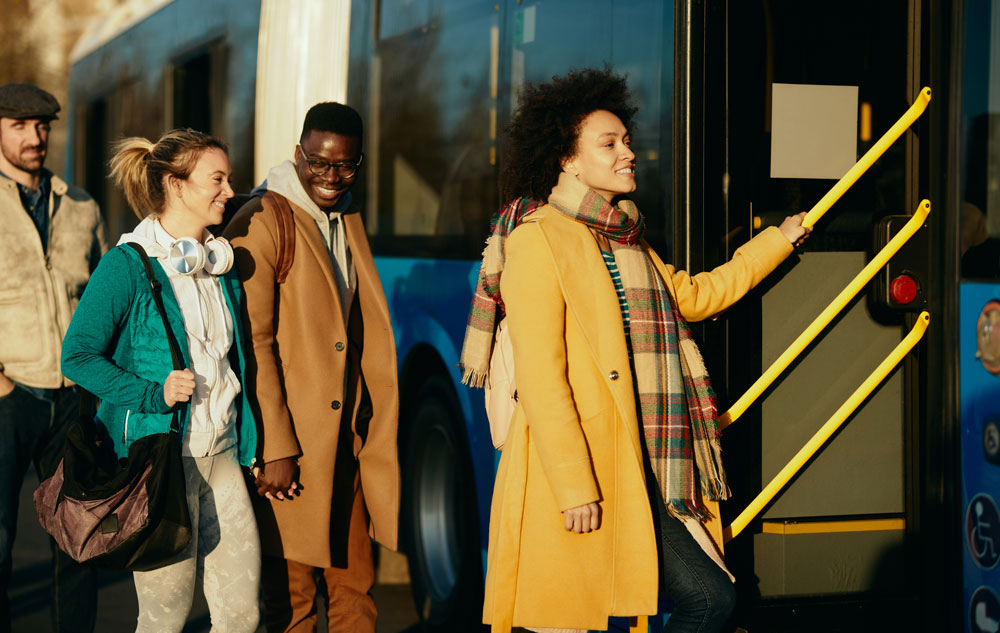
Results Speak for Themselves
After implementing a pilot ABLE-technology program, the MTA reported an increase in ridership of up to 37%. The same agency also reported an increase in travel time of even 30% on specific routes.
And what do riders have to say? The MTA reported a 15% increase in customer satisfaction over other non-ABLE routes.
What’s Next?
Safe Fleet Clear Lane vehicle position detection, inertial location sensors, and artificial intelligence modeling help monitor bus position and movement. Identifying any vehicles blocking the bus lane with astounding accuracy.
But Dan Pulskamp, VP of Transit Bus and Rail at Safe Fleet, believes this technology benefits people in urban areas through various applications. Sharing,
“[ClearLane] can essentially adapt and expand the base technology elements to other use cases such as bike lane enforcement, time-restricted parking spots, illegal turns, and parking too close to an intersection, stop sign, or bus stop.”
…
With Safe Fleet ClearLane, the future of bus lane enforcement looks, shall we say, clear: A.I. technology is already helping agencies become more effective by automating processes and reporting transgressions accurately. And the potential of this solution to help report other instances of transit violations proves the added value and flexibility of the platform.



